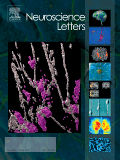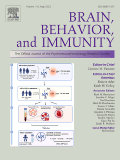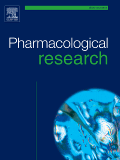
“Cannabinoid CB1 receptor (CB1R) is highly expressed in the mesocorticolimbic system and associated with drug craving and relapse.
Clinical trials suggest that CB1R antagonists may represent new therapies for drug addiction.
Collectively, these findings demonstrate that 1) Repeated morphine with context exposures but not merely the pharmacological effects of morphine increased CB1R expression both in the NAc and hippocampus. 2) CB1R antagonist mediated blockade of ERK-CREB-BDNF signaling activation in the NAc and hippocampus may be an important mechanism underlying the attenuation of morphine CPP.”







